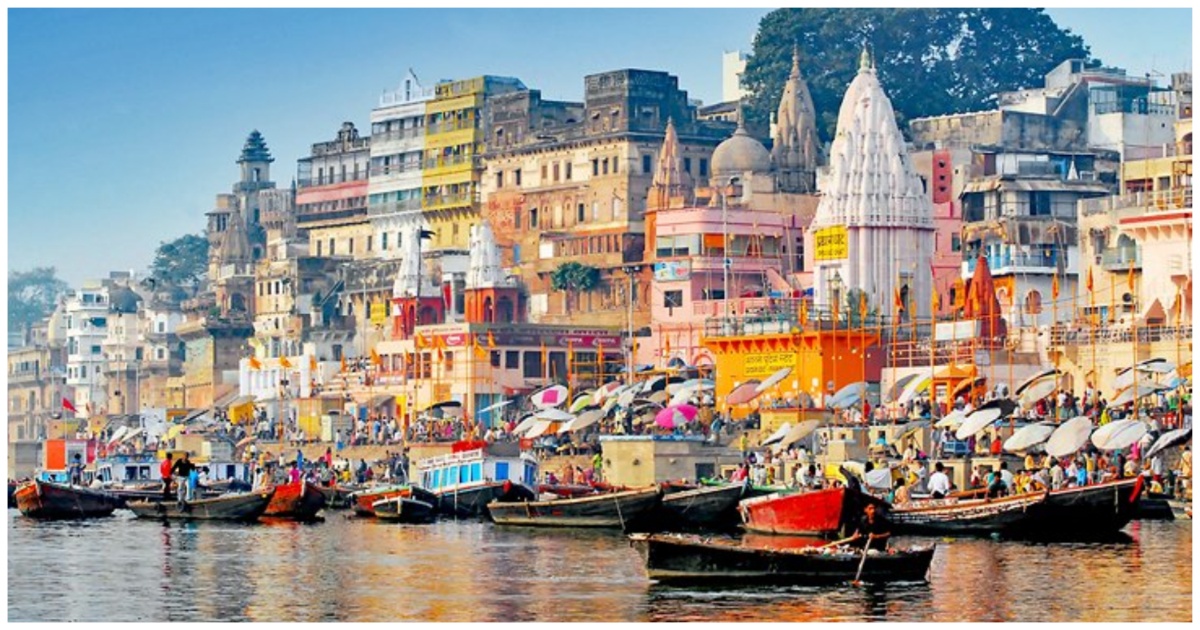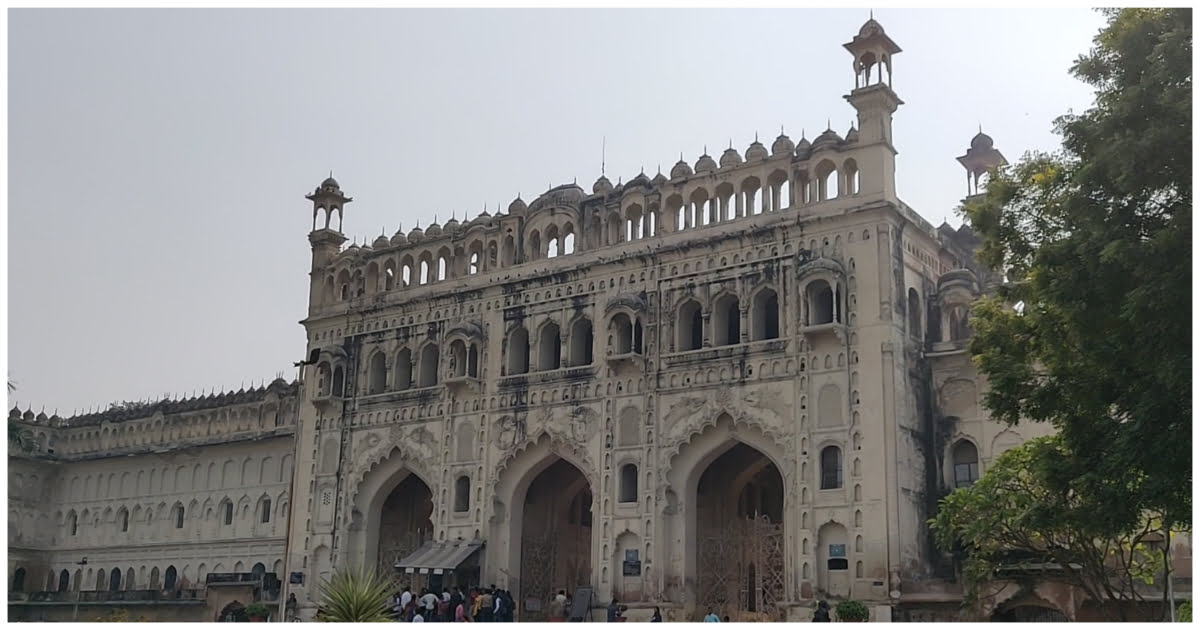Visiting Bhutan is a truly exquisite experience for your senses. In fact, it is a great choice for an Indian’s first foreign trip. It is a curious mix of mysticism and modernity, nature and the urbane.
Before planning your trip, you may feel that you might want to ditch the places that are visited most often: Thimpu, Paro, and Punakha. Well, you can read my experience and then decide for yourself.
Getting there
There are two main ways to reach Bhutan. One is you take a flight to Paro on one of the Bhutanese airlines. The other is you drive to Phuentsholing, either from Bagdogra Airport or the nearest railway station on the Indian side. Once you enter Bhutan, all travelling will be by road. You can choose a cab or bus, depending on your budget. But it helps to book everything in advance for the smoothest experience.
Travelling within Bhutan
Bhutan is almost entirely mountains. The highways are pretty good but long and winding. Be prepared to spend a lot of time in the car moving from one city to another. It takes about 5 to 6 hours to reach Thimpu from Phuentsholing. Thimpu to Punakha is slightly quicker, depending on how many stops you take in between. And Punakha to Paro is another 4 to 5 hours at least.
Bhutan has recently changed its sustainable development fees. Be sure to check those out before making any bookings.
Planning your Itinerary
If your trip begins in Phuentsholing (that is where immigration happens), you might need to spend a night there if you reach late. I planned to reach Phuentsholing by about 11 a.m. so that I could reach Thimpu the same day and spend the night there. I went in the winter season, which is supposed to be the offseason. And I had applied for e-immigration beforehand. So, the process was quite smooth.
The moment your car leaves the hustle and bustle of Phuentsholing, the beauty of Bhutan bursts forth on the horizon. There is utter greenery, very few cars, and barely any pollution.
Bhutan is the only carbon-negative nation in the world.
The drive to Thimpu is long and tiring and you will only reach by the evening if you follow this itinerary. That actually works out quite well as you get to get some much-needed rest and will wake up fresh the next day.
THIMPU
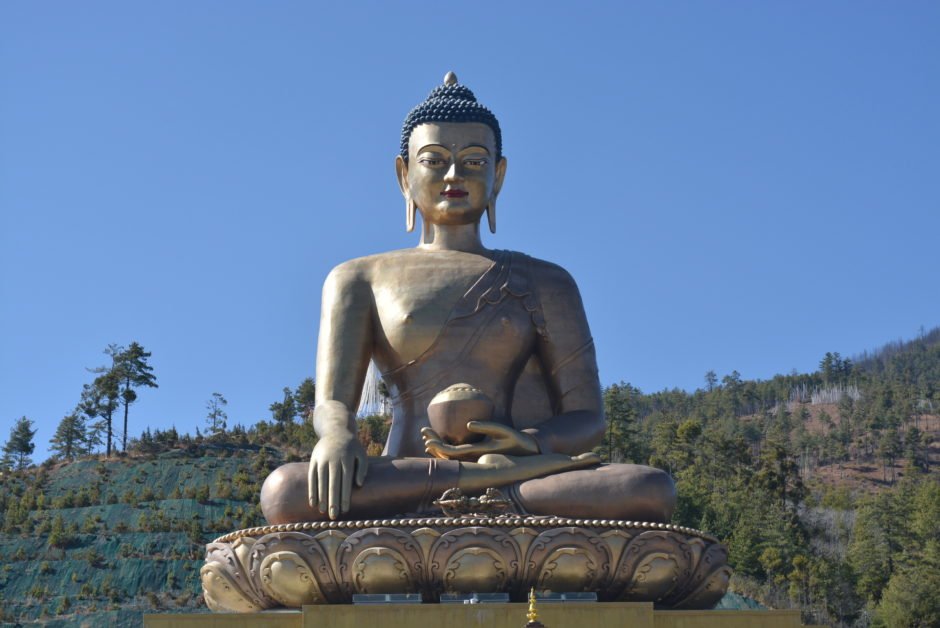
For me, one day in Thimpu was more than enough. But that depends entirely on what all sights you wish to explore. The Golden Buddha atop a hill is a must-see. The beauty and calm all around will refresh your sense and prepare you for the rest of the trip. (Most of the tourism in Bhutan is around Buddha and Buddhism.) All the sightseeing spots close by 5 p.m. So you can spend the evening in the market.
If you are travelling during winter, make sure you carry heavy jackets. The days are beautiful and sunny (a little cold too), but the nights get quite cold and temperature may drop to zero degrees.
You need to get a permit to travel on the national highway if you are driving to Punakha. This permit is available in Thimpu.
PUNAKHA
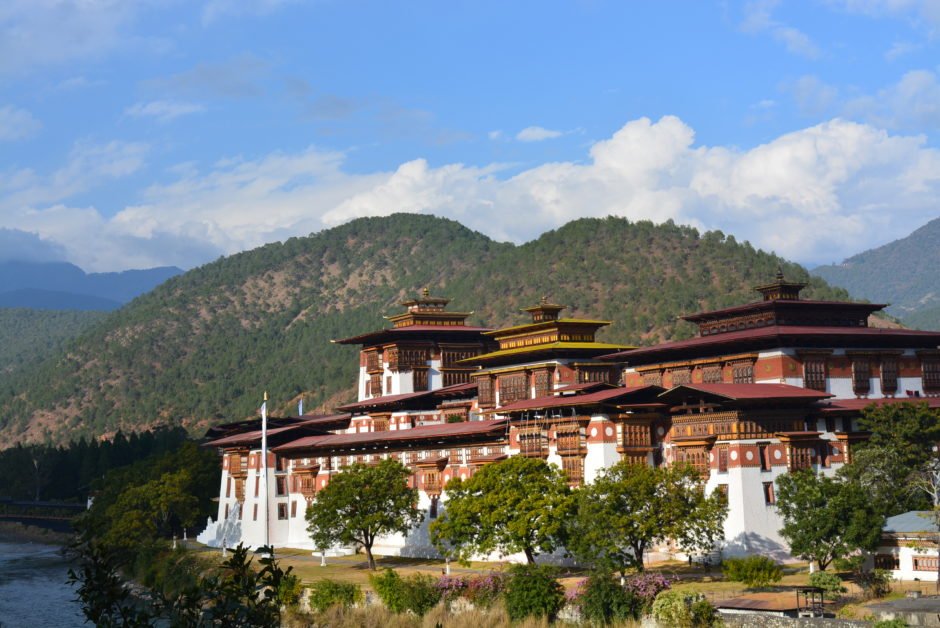
The next on my itinerary was the drive to Punakha Valley. This valley is warmer than Thimpu as well as Paro. On the way, you have to drive through one of the most famous passes in Bhutan, the Dochula Pass. There is a war memorial built on the pass as well as a cafe for some light refreshments. The spot offers 360-degree views of 9 snow-capped Himalayan peaks. However, the temperature at Dochula Pass is highly unpredictable.

It can either be extremely cold and foggy, or clear and sunny. Lucky for me, I visited the pass twice and experienced both extremes.

The Chimi Lhakhang is one of the most famous temples in Bhutan, also known as the fertility temple. It is en route to Punakha. You can choose to take your vehicle up to a certain point, after which you have to go up some stone stairs to visit the temple. However, we had an excellent local guide who thought it is a better idea to hike to the temple instead. It is a beautiful and very easy hike through vegetable fields. I highly recommend taking this short hike. It will take you about 30 to 40 minutes to reach the top.
Within Punakha, the main attraction is the Punakha Dzong or the Fortress of Punakha. It is the most beautiful of all the dzongs in Bhutan. If you decide to visit even one dzong, this has got to be the one.
The entry fee for most places is 300 nu, equal to about INR 300.
PHOBJIKHA VALLEY
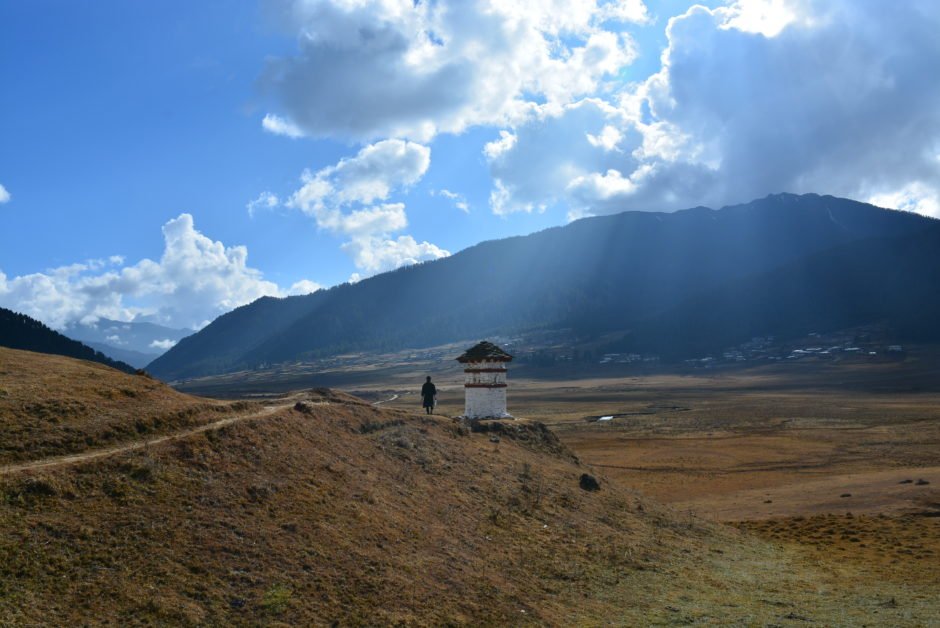
You can either choose to drive to and from Phobjikha Valley on the same day or you can choose to spend one night there. It takes about 3 hours from Punakha to Phobjikha. This valley is colder than Punakha, so dress accordingly! It has the famous Gangtey Monastery. For me, the main attraction here was the beautiful hike we took through the valley and the villages.
My advice is to start at the top and go downhill and not the other way around if you actually want to enjoy the hike. The beautiful views, the crisp clean air, the simplicity of village life transported me to a different world altogether. It actually had me wishing that I lived there and did not have to come back to the concrete jungle that I call home (sigh!). If you do not have a guide, you might need to ask directions from someone so that you stay on the correct trail. Winding through pine trees, walking through villages, the trail suddenly opens onto the valley. During winter, the crop is cut so it is not as green. But the sublime beauty of the region makes the hike worth it.
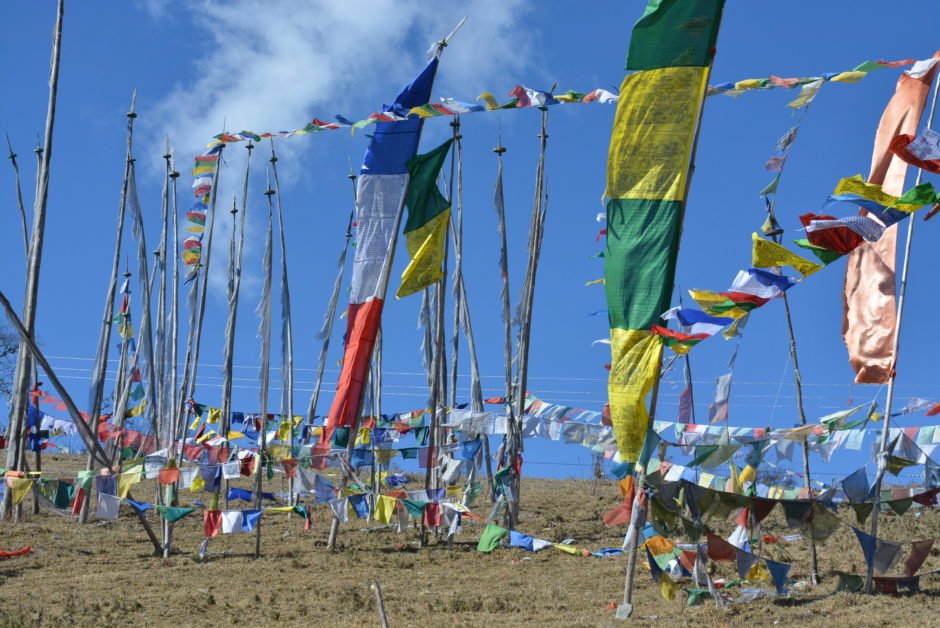
The Black-Winged Tibetan Crane migrates to this valley to spend the winter. I was lucky to see a huge flock of these beautiful birds in flight at the end of the hike. Given the remote location, all you hear is the sound of the wind and the call of the bird. Truly an exhilarating experience. I was sad to leave this heaven on earth behind to head back to Punakha that night.
There are small pitstops were stupas have been built and hundreds of prayer flags flutter in the wind. These make for good places to stretch your legs as well as get some excellent pictures.
PARO

The drive from Punakha to Paro also goes through the Dochula Pass. If you did not get to experience the beautiful views the first time, it’s a good idea to stop by once again. Depending on how many stops you take, you will possibly reach Paro by evening. The market here is quite a busy one and it might be a good way to pass an evening here and buy some beautiful yak-wool items.
The next day, we had two options: visit the Chele La Pass, or trek to Tiger’s Nest Monastery. Our guide convinced us that Tiger’s Nest is the best option, considering that most people visit Bhutan only to do this trek. I do not regret listening to his advice even one bit!

From trekking standards, it is not difficult I would say. However, for a city-person like me whose lungs are full of pollution, the high altitude and thin air did create minor problems. If you do not have any breathing-related trouble, it should not take you more than 3 hours to reach the monastery. It might start getting very difficult after the first 2 hours. But I strongly recommend completing the trek. At the first viewpoint when you get the first clear view of the monastery, the trek will seem worth it for sure. Make sure you carry some water and some bananas and nuts to keep you going.
If you plan to visit the inside of the monastery, you have to buy tickets from the bottom itself (500 nu each). You are not allowed to take your bag inside the monastery and will need to store it in a locker. You can avoid a long queue if you carry your own lock.
Food in Bhutan
A good place to try the local cuisine is the Folk Heritage Museum in Thimpu. I did not actually visit the museum but the restaurant there serves authentic Bhutanese cuisine. After trying the local food, I decided it was not really my cup of tea. But that does not mean you should not try it!
For Indians who prefer sticking to Indian cuisine while travelling, there is no country better than Bhutan. Indian food is possibly more widely available than the local food! In fact, I found that some restaurants had much better Indian food than Bhutanese.


